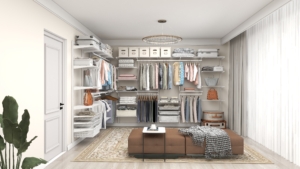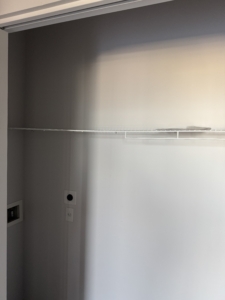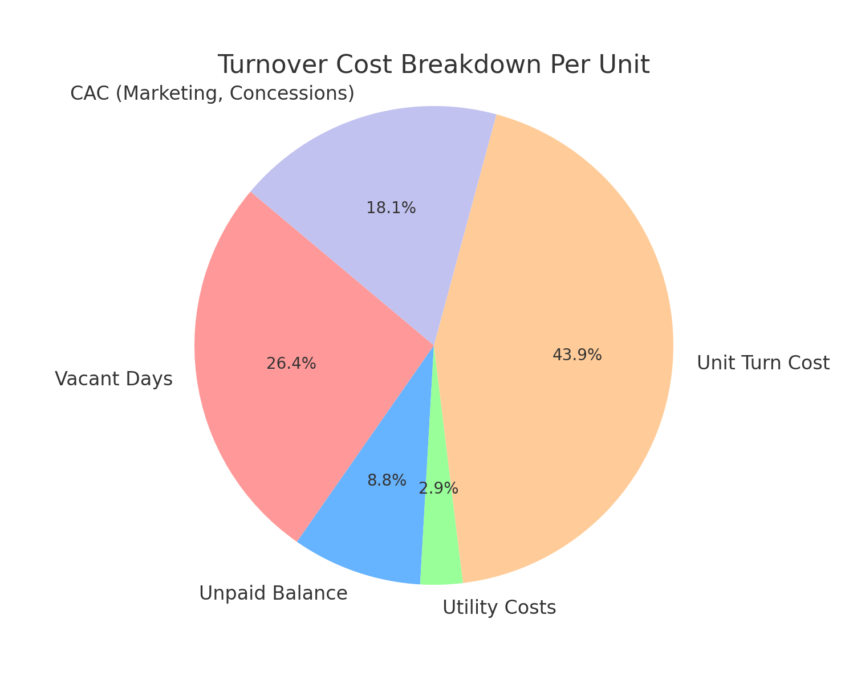Why storage is becoming the secret weapon in competitive lease-ups.
When it comes to attracting residents, most developers focus on the “wow” factors: countertops, lighting, flooring, and views. But what if one of the biggest leasing advantages was hiding behind a sliding door?
Closets—once an afterthought in unit design—are becoming one of the most quietly persuasive features on the tour. And in a competitive market, they’re making the difference between a maybe and a yes.

Logic Closet by Spatia Designs
The Data Says It Matters
Industry data backs it up. According to the Greystar 2024 Renter Survey, closet space ranked among the top three most important features for renters—outpacing trendy amenities like fitness centers or coworking spaces. Over 90% of respondents said that storage plays a major role in how livable a unit feels.
And it’s not just about size. Adjustable systems, walk-in functionality, and thoughtful layouts carry real weight in the decision-making process. In many cases, the closet is a deciding factor.
The First Real Impression
When a leasing agent opens the closet door, something subtle happens: the prospect sees whether the space fits their life.
If the closet feels cramped, fixed, or cheap, it sends a message—this unit might not support how they actually live. But when the system is adjustable, sturdy, and thoughtfully laid out with drawers and shelving, it signals flexibility and care.

Logic Closet by Spatia Designs
“Big, neat, custom-built closets can push a renter to fall further in love with a home they already like, and conversely, jam-packed, small, and/or disorganized closets can add to a buyer’s already negative impression of a home.” — Steven Gottlieb, agent at Coldwell Banker Warburg in New York, NY
Closets Change the Leasing Agent’s Energy Too
There’s something powerful about walking into a unit with confidence. Leasing agents light up when they have something worth showing off. A well-designed closet becomes a talking point—a visual cue that this unit is different.
Even in smaller or more budget-conscious units, a strong closet system elevates the tour. Instead of skipping past it, agents lean in. Prospects notice.
From First Tour to Long-Term Stay
It doesn’t stop at the lease. When residents move in and feel genuinely organized, it changes how they feel about their home.
They bring less furniture. Their spaces feel cleaner. And over time, that lack of friction improves satisfaction. According to SatisFacts, residents who report a better move-in experience are 2.5x more likely to renew their lease.
Well-designed closets reduce maintenance tickets too. No more sagging shelves or bent rods. No more anchor repairs. Just a strong system that works.

Luxe Closet by Spatia Designs
Sell the Closet, Win the Lease
Not every amenity gets noticed. Not every upgrade delivers ROI.
But closets? They’re opened. They’re used daily. And when designed right—they lease apartments.
If you’re ready to turn your closets into a competitive edge, we’d love to help.
Click this link HERE to subscribe to our monthly newsletter!



